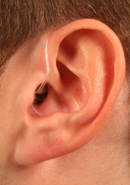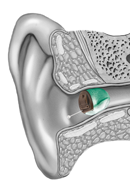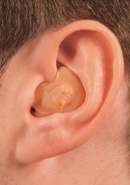Taking Care of Your Hearing Aids
If you take good care of your hearing aids, your hearing aids should take

By: admin | June 13, 2017







If you take good care of your hearing aids, your hearing aids should take
By: admin | July 6, 2018

One of the questions that people often ask us as audiologists is, “when
By: admin | January 31, 2018

The holiday season is here and many of us will be traveling to
By: admin | December 1, 2017
